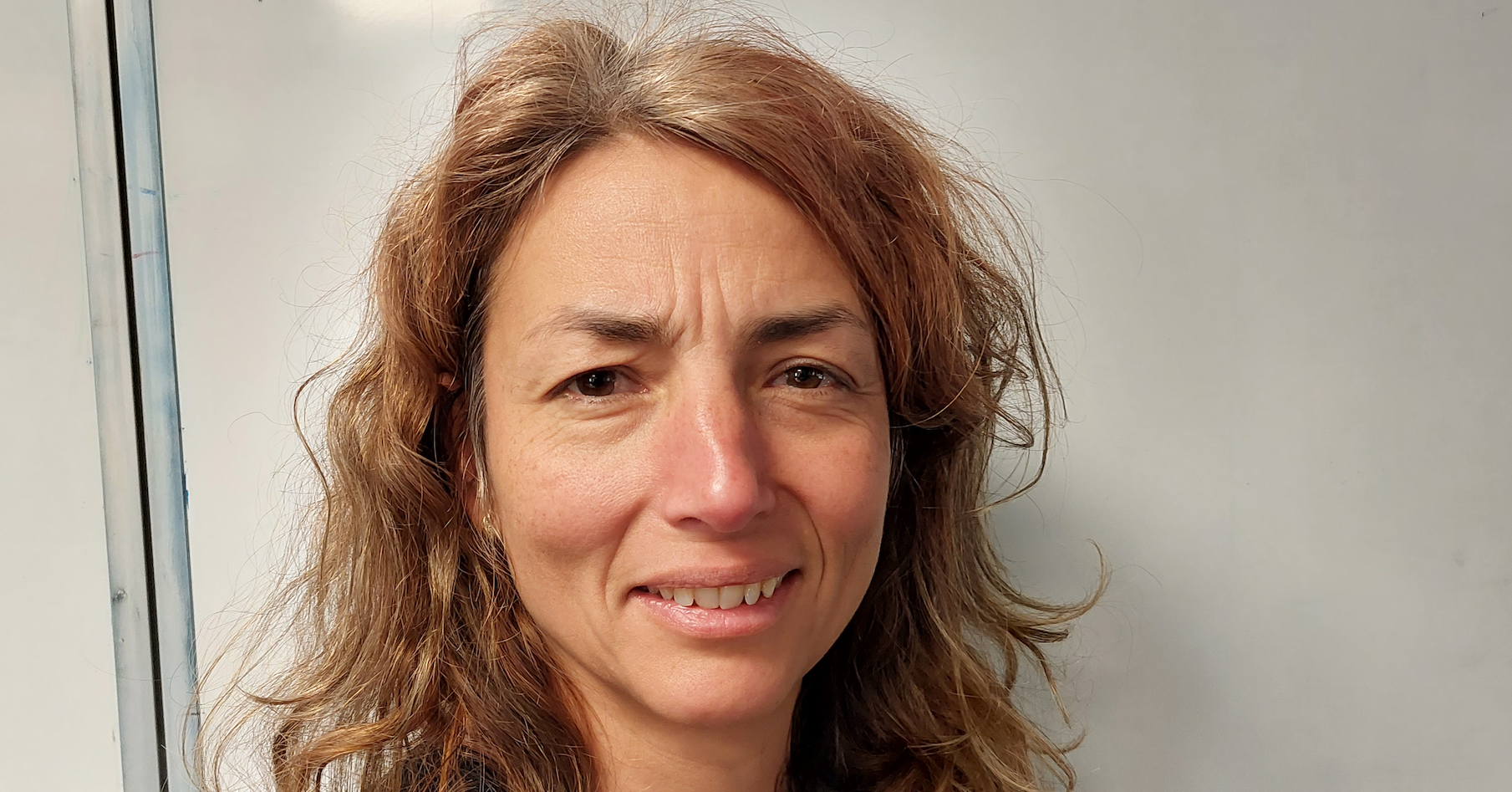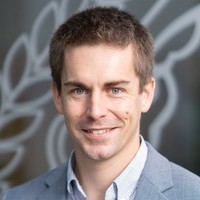The S3® WEC (Wave Energy Converter) Journey

SBM will present the S3® WEC (Wave Energy Converter) journey an innovative concept developed by SBM for over ten years, which has captured the imagination and interest of many people. The S3® WEC aimed to harness the power of ocean waves using electro-active polymers - advanced materials capable of generating energy through mechanical deformation. Despite notable technical achievements, testing, and the development of deep expertise across multiple domains, SBM made the strategic decision to discontinue the project. Ultimately, the S3® WEC could not demonstrate a clear path to commercial viability in its current form. However, we believe the value of this journey goes far beyond the outcome. In March 2025, SBM WEC team representative had also the privilege of presenting the story of this ambitious project during the Vancouver Smart Structures Conference, highlighting its innovative approach. The session will offer a look into the lessons learned, the technological advances made, and the knowledge we acquired.
Topics Covered:
General presentation
The S3® WEC consisted of a flexible tube structure filled with water and sealed at both ends. This tube was submerged and anchored securely. As waves passed over the tube, they caused the EAP materials to deform and generate electricity.
All the key domains explored during this challenging project will be presented as:
Electro-active Polymer Performance:
Several scientific articles were published by SBM proving the progress of SBM in this domain. An overview of the main articles will be presented during this session
Hydrodynamic Behavior:
Important development was needed to correctly catch the hydrodynamic of the WEC. This session will present the advantages of developing this numerical modelling during the project.
Assembly Challenges:
Assembly challenges were encountered during the construction of the S3® WEC.
Advances, Test Results, and Limitations:
Advances:
Review of the advances made in the S3® WEC project, including technological breakthroughs.
Test Results:
Presentation and analysis of last test results on the prototype of 10 m long and 1.2-meter diameter.
Limitations:
Conclusion on the current limitations and challenges leading to the decision to stop the project technically.
Future:
The expertise and knowledge gained from the S3® WEC project are significant. In 2025, SBM focus on maximizing the value of this knowledge through various initiatives.
This session will provide valuable insights into the S3® WEC journey and the reasons behind the project's cessation. It is an opportunity to understand the complexities and realities of pioneering wave energy technology. Even though the project has involved up to 15 persons at the same time, the presentation will be delivered by Aurore CLAVERIE who has been part of the project for the last 6 years.
Speaker Biography
Aurore Claverie (SBM Offshore)
Technology Project Engineer
Aurore CLAVERIE holds an engineering degree in Material Sciences from Polytech’Lille and a specialized Master’s in Material Science and Transformation from CEMEF-ENSMP. With over 25 years of experience, she has a robust background in polymer materials and mechanical behavior. Currently, she is a Technology Project Engineer at SBM Offshore, where she is involved in the knowledge transfer of the S3 project and concurrently works on low-friction polymer materials studies. Her role includes characterization tests, marketing, and the publication of technical articles. Previously, Aurore worked as a Polymer Materials Specialist in Automotive industry, developing new materials and managing collaborations. Her expertise includes mechanical characterization and rheological simulations. Aurore’s career also includes roles as a Product Innovation Leader, where she developed plastic injection products. She has presented at conferences like Polymer’Foam and holds several patents, including innovations in injection molds and automotive parts, and recently on a self-clearing stretchable electrode in the domain of electro-active polymers.
